The abandoned Scottish island that was home to a remarkable medical experiment
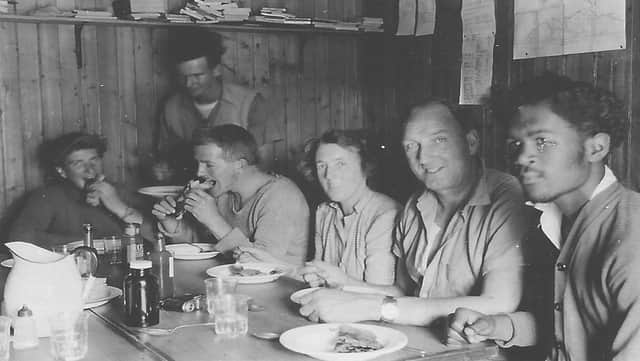

Roan off the coast of Sutherland lost its last permanent resident in 1938 with a community of 22 people disbanding the island which was prone to being cut off completely by storms in the Kyle of Tongue.
In 1950, the abandoned cottages were taken over by medical researchers who identified Roan as a perfect setting for their study into transmission of the bug.
Advertisement
Hide AdAdvertisement
Hide AdThe Duke of Sutherland granted permission for the island be used with it sealed off to visitors from early July with those who kept their flocks of sheep on Roan going early to shear their animals to clear the way for the island lockdown.
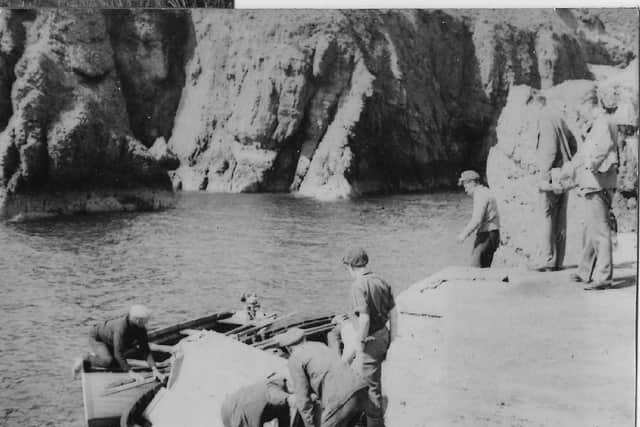

Meanwhile, George Anderson, the boatman at Skerry on the mainland, was tasked with insuring that no one crossed the water to “taint the atmosphere with the mildest sneeze,” a newspaper report of the day said.
It added: “The only contact with the island will be by radio transmitter, the instrument on the mainland having been installed in the village store at Skerray, where mail will be opened and its contents, with the news of the day, read across the Kyle.”
A doctor from Tongue was also placed on standby should a medical emergency occur, with the GP given a hooded protective cape to be worn in case of a call out
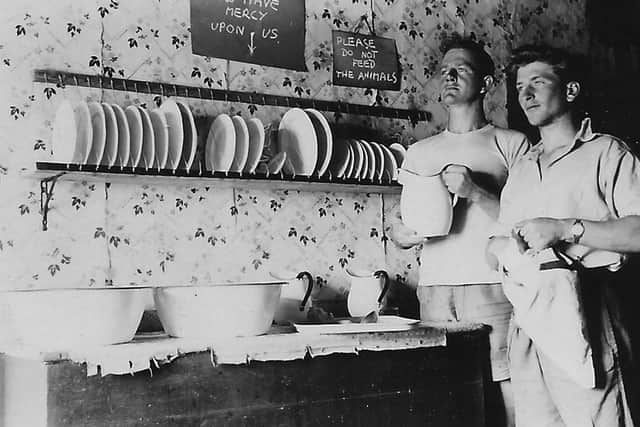

The experiment was run by Harvard Hospital in Salisbury and was supported by the General Medical Research Council and the government.
Scientists had noted for a long time that many people infected with a cold virus who were then exposed to sudden drops in temperature by getting wet and sitting in draughts failed to take the cold, or had it only very mildly.
On the other hand, those who routinely experienced harsh weather but lived in isolation for long periods, such as Arctic explorers, enjoyed a high degree of immunity.
Roan was selected given the deserted environment offered ideal conditions to built up immunity from infection before being exposed to ‘super spreaders’ who arrived on the island 10 weeks into the test.
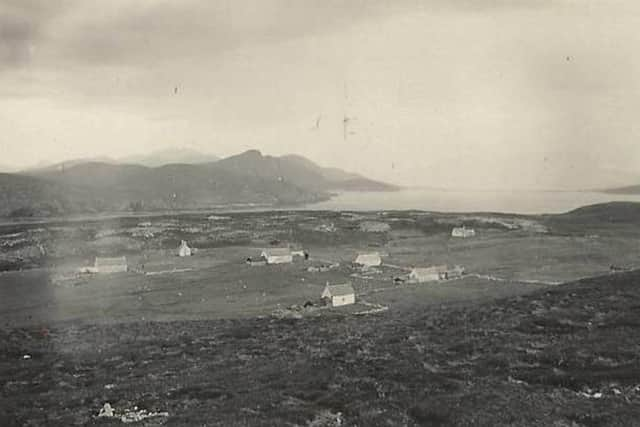

Advertisement
Hide AdAdvertisement
Hide AdSelected for the Roan experiment were seven students from Aberdeen University, one from St Andrews, another from London University and a student of foresty.
After arriving from Skerry, they were chapperoned by Mr Frank Betteridge, a retired superintendent of police in Salisbury, who acted as camp commandant, and his wife, who did most of the cooking.
Living conditions during the experiment were described as “far from primitive” with students living four to a house with enough food and coal shipped to the island to last for the 12-week test.
A report said: “There is a well equipped kitchen, a central mess and a storeroom with a three months’ stock of tinned food and fruit, eggs, flour —from which bread will be baked—sauces; everything, indeed, to appease the heartiest appetite.
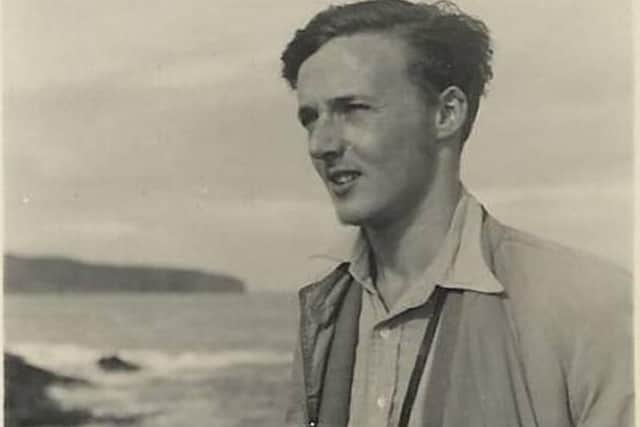

“There are adequate supplies of coal and paraffin, and miniature library.
“Golf clubs have been brought over, and a pitching and putting course will be laid out. There is a stretch of turf where cricket can be played.
“Ornithologists in the party hope to learn something of the habits of the storm petrel and those interested in natural history will try to discover whether the grey seal breeds on the coast of Roan.
"A good time is hoped for by all. September is far off and there appears to be nothing disturbing in being a human guinea pig who aims to catch what all the rest of us can contract without trying.”
Advertisement
Hide AdAdvertisement
Hide AdAs the experiment got underway, the students passed the time studying, fishing and starting their own mail system by posting letters in bottles to their parents.
One student, James Davidson, sent his message in a bottle to his family in Peterhead with the note picked up by two girls playing at Sua Boe on Orkney.
Meanwhile medical student David Hall, from Aberdeen, messaged his parents by medical link to the Post Office on the mainland, describing himself as ‘shaggy and shameles’ and wearing tattered trousers and shoes that had been ‘torn to pieces' on the sharp rocks around the Roan coastline.
For 10 weeks, the student sand the Betteridges lived isolated from the rest of the world with their quarantine broken by the arrival of six students from Aberdeen who had been infected with the common cold in a lab at the university.
Alongwith them came Dr C. H. Andrewes, of the scientific staff of the Medical Research Council, a Dr Sommerville from Harvard Hospital and a researcher.
A newspaper report said: “For two days their aim was to cough and sneeze everywhere possible, while carrying out three experiments.”
First they had to scatter germs around the living quarters of the students with the second experiment taking place in a sealed, stuffy room which was partitioned by a blanket to separate students from the new arrivals. Much coughing and sneezing followed.
In the third experiment, the spreaders ‘lived’ with the students and the Betteridges.
But, according to reports, no one caught a cold.
Advertisement
Hide AdAdvertisement
Hide AdHowever, the experiment was pushed in a new direction when a message came through the island radio that a crofter on the mainland was full of cold symptoms.
He was “swiftly” dispatched to the island where he was put into contact with four of the islanders, who sat around a fire with him for several hours.
A newspaper report said: “When they left the island, for home on Tuesday Mrs Betteridge, wife of the camp superintendent, was sneezing; Mr Betteridge was complaining of a stuffy head; and Mr John Wilson, Dufftown, had the beginnings of a head cold.”
The Salisbury led experiment may not have made a breakthrough on Roan but the team became known for being able to create the common cold in their Salisbury lab. They called it Rhonavirus which went on to fuel waves of further research around the world.
Meanwhile, the island was returned to nature, where its only residents remain its large colony of grey seals and the odd grazing sheep.
A message from the Editor:Thank you for reading this story on our website. While I have your attention, I also have an important request to make of you.With the coronavirus lockdown having a major impact on many of our advertisers - and consequently the revenue we receive - we are more reliant than ever on you taking out a digital subscription.Subscribe to scotsman.com and enjoy unlimited access to Scottish news and information online and on our app. With a digital subscription, you can read more than 5 articles, see fewer ads, enjoy faster load times, and get access to exclusive newsletters and content. Visit https://www.scotsman.com/subscriptions now to sign up.
Our journalism costs money and we rely on advertising, print and digital revenues to help to support them. By supporting us, we are able to support you in providing trusted, fact-checked content for this website.
Joy Yates
Editorial Director
.
Comments
Want to join the conversation? Please or to comment on this article.